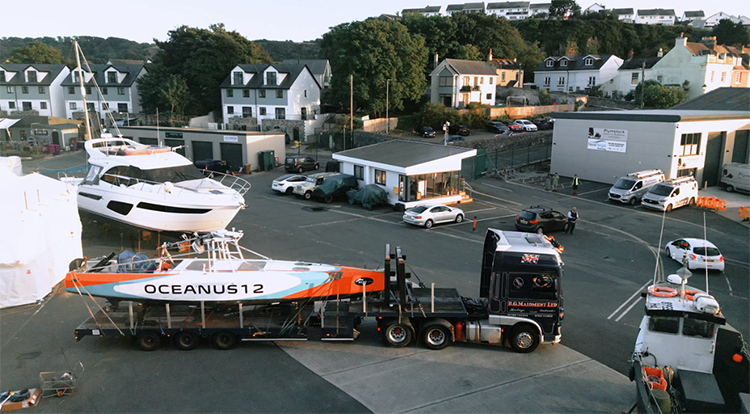The X-66A is the first X-plane focused on helping the US achieve the goal of net-zero emissions
- Global Military Communications
- Jun 26, 2023
- 1 min read

The US Air Force designated the Sustainable Flight Demonstrator (SFD) as the newest X-plane, joining a list of pioneering experimental aircraft that have radically shaped global aeronautics for the past 76 years.
What is SFD: In January, NASA selected Boeing and its industry team to lead the development and flight testing of a full-scale Transonic Truss-Braced Wing (TTBW) demonstrator airplane as part of the SFD program.
Why it matters: SFD has been designated as the X-66A, underscoring its status as a vitally important US experimental airplane program. This is the first X-plane specifically focused on helping the US achieve the goal of net-zero aviation greenhouse gas emissions.
Zoom in: To build the X-66A, Boeing will convert an MD-90 into a full-scale demonstrator aircraft with extra-long, thin wings stabilized by diagonal struts.
What’s an X-plane? These are experimental US aircraft and rockets designed to test and evaluate new technologies and aerodynamic concepts. Previous X-planes by Boeing and Boeing legacy companies have tested hypersonic speed, reusable spacecraft, unmanned combat air vehicles and blended wing bodies.
Big picture: Advanced technologies like the SFD is one of several key levers that Boeing believes will be required to achieve commercial aviation’s goal of net zero emission by 2050, in addition to renewable energy transition, operational efficiency and fleet renewal.



Comments